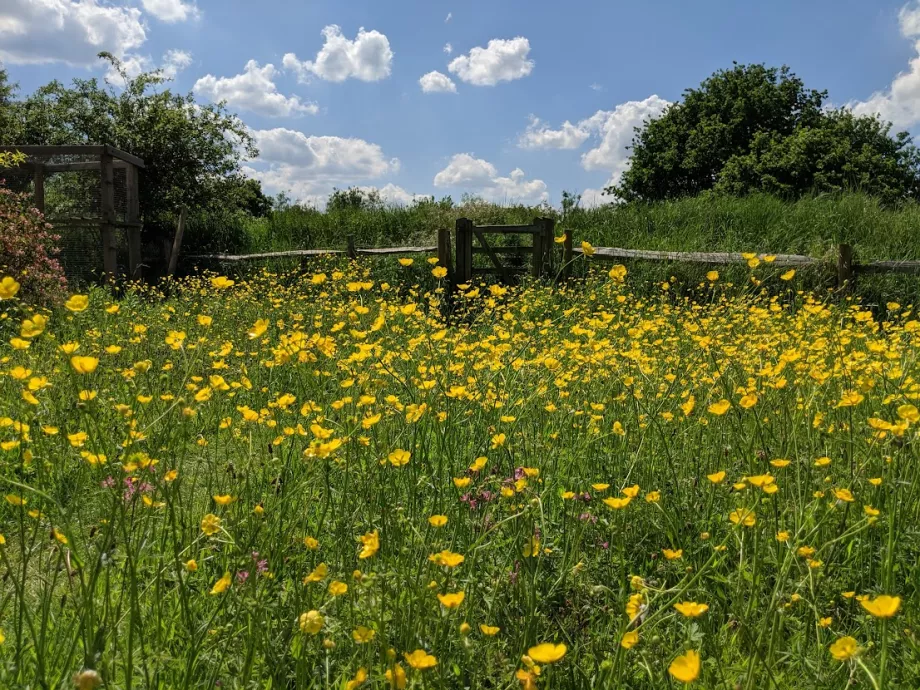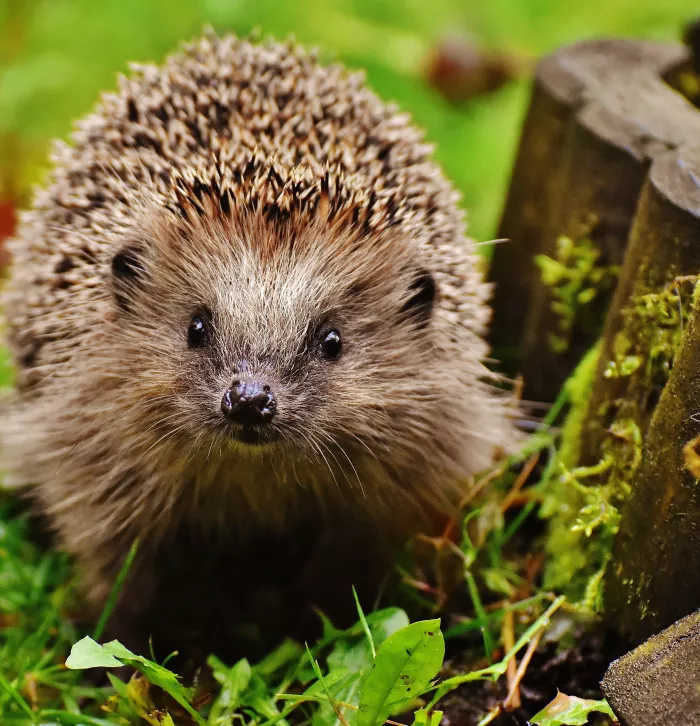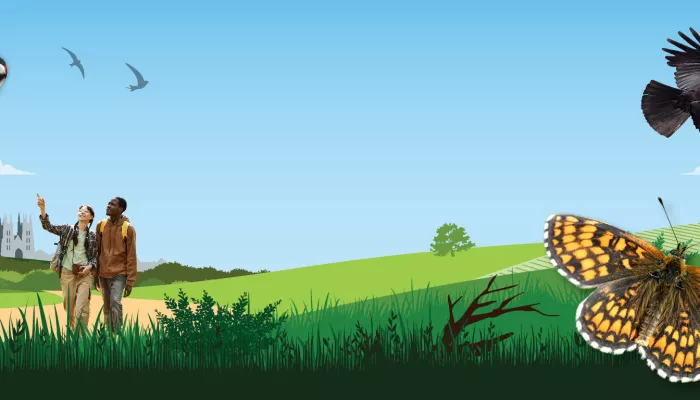
Mini meadow, Penny Brook
Chief Executive Officer of Kent Wildlife Trust, Evan Bowen-Jones said: “Connecting people with nature and restoring nature at scale is fundamental to fighting the climate and biodiversity crises. It will take a concerted effort from us all to enact the change that now needs to be made. One organisation cannot do this alone.
“There are many ways people can help. They can join us as a member, volunteer with us, or create a wilder garden at home by not using insecticides and mowing less often. They can vote for politicians who want to act for nature and climate as well as writing to their MPs to support our campaigns.
By working together, we can make Kent better placed to cope with the challenges we now face by harnessing the power of the natural world on which we all depend.”
Kent Wildlife Trust's three goals for 2030
1. Defend and restore
Kent Wildlife Trust says they are committed to developing and promoting innovative approaches to allow nature to recover and adapt, like the introduction of wild bison to West Blean and Thornden Woods. Following a successful animal release, they are now leading on a landscape project to connect nature across the Blean complex and are raising funds for bison bridges to allow the herd access to more of the woodland.
Elsewhere an emphasis will be placed on conservation grazing with hardy breeds of domestic animals as part of the Wilder Grazing programme, which uses animals to reshape landscapes and create nature-rich habitats.
The organisation will also continue to build on flagship reintroduction projects, like the red-billed chough and beaver initiatives with aspirations to focus on pine marten in the future.
A Wilder Waters Strategy is being developed to make our seas better for nature by engaging coastal communities around climate adaptation whilst restoring fisheries and making our Marine Protected Areas function properly. The charity will also continue in their efforts to improve water quality through Nature-based Solutions, including using beavers to manage wetland habitats.
2. Inspire and collaborate
Education remains a key factor in delivering change and the Trust intends to further expand and develop its education programme for both adults and children. Currently, there are many activities on offer, from Nature Tots to special workshops to holiday clubs for children in the summer.
The Nextdoor Nature programme, which aims to improve diversity, equality, and inclusion in ensuring that people have access to nature, is a building block of community collaboration in the county. From creating community wild gardens to helping form neighbourhood nature groups, the programme is committed to helping people access wildlife.
Elsewhere, the Trust continues to work closely with other partners both from the commercial and charity sector. Joining forces with groups such as Save Swanscombe Peninsular and The Friends of Betteshanger Country Park to campaign against developments that are harmful to nature.
3. Strengthen and grow
The Trust also plans to strength and grow the charity through diversifying income streams such as the Wilder Carbon programme, enabling businesses to invest in nature by purchasing carbon units to address the climate crisis. It has also built up its digital expertise in the last few years and is in the process of creating transformational conservation planning tools that will increase its effectiveness and enable it to track its impact through a map-based system, backed up by on-the-ground monitoring using multi-layered use of technologies including drones and carbon flux monitoring. Kent Wildlife Trust is a conservation organisation that is stepping up to the challenges that now face us.


